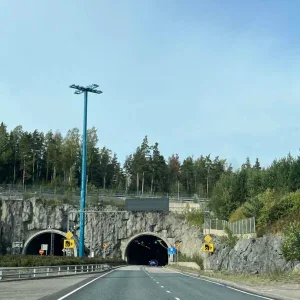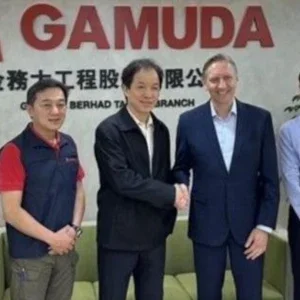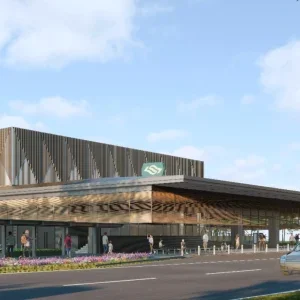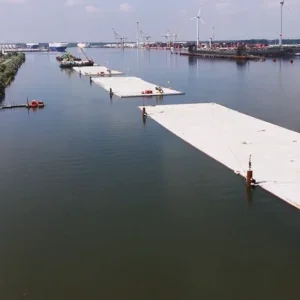Construction on the Citytunnel project in the Swedish city of Malmö, which includes a 4.5km long twin-bore tunnel, has been put back to 2005 because of ongoing environmental concerns. The initial start-date was scheduled for the end of this year (T&TI, Aug 2001).
A spokesperson for the Citytunnel consortium – made up of the Swedish National Rail Administration, Swedish State Railways, Malmö Municipality, and the region of Skåne – said that its hands were tied because the Swedish government took so long to give approval on environmental grounds. Therefore prequalification documents could not be sent out before March 2003, ten months after the scheduled date.
The Environmental Court will be studying noise, vibration and water contamination between late 2003 and early 2004, delaying the announcement of the successful bidder until April or May 2004. This will delay the start of boring until 2005 to allow for the TBM design.
Two main contracts make up the Malmö Citytunnel project. The first is the 7.9m diameter twin-bore tunnel through water-bearing fractured limestone, using closed-face double shield TBMs. Thirteen cross passages will join the two tunnels, and the route will be split in two by Triangeln station, which will be built as a subterranean rock cavity station, 25m below ground level, 28m wide and 12m high. It will contain a 250m long platform.
The second main contract is the cut and cover station at Malmö Central, linking the tunnel to Sweden’s existing rail network.
The project has been designed to connect Malmö central railway station with the Öresund Bridge, and the ensuing works are expected to cause severe changes to the region’s groundwater flow.
The Swedish and Danish departments of DHI-Water & Environment, together with VBB VIAK of Sweden, studied the environmental impact of tunnel construction, based on groundwater simulations.
They found that the TBMs pose little danger to the water table because the precast concrete segmental lining will limit leakage into the tunnel.
There is concern over the construction of the stations. Excavation will be carried out in dry conditions, which will require the vast drawdown of groundwater using pumps in several wells. Some water will have to be reinfiltrated to avoid damage to vegetation and buildings.
3D modelling assisted in understanding the effects on the groundwater, and the water levels will be constantly monitored during construction.







